How to Negotiate a Contract as a Graphic Designer

Negotiating a contract as a graphic designer is one of the most vital steps in building a successful freelance or agency career. Whether you’re just starting out or have years of experience, understanding how to navigate contract discussions helps ensure that your time, creativity, and business interests are respected. A well-structured agreement not only sets expectations but also protects both you and the client throughout the project lifecycle.
From defining the scope of work to determining payment terms and usage rights, every detail in a contract contributes to smoother collaboration. Unfortunately, many graphic designers overlook the importance of thorough contracts, often leading to miscommunications, missed payments, or disputes over ownership. Taking the time to review, customize, and negotiate your contract can prevent these common pitfalls.
This guide breaks down the key elements every graphic designer should focus on when negotiating a contract. By following a strategic and professional approach, you’ll be better prepared to advocate for fair terms and foster long-term client relationships. Whether you’re working on a one-time logo design or a multi-phase branding project, mastering the art of contract negotiation is essential for sustaining a thriving design career.
Understand the Scope of Work
When negotiating a contract as a graphic designer, the first and most crucial step is to understand and define the scope of work. This section outlines the specific services you will provide, including deliverables, timelines, and project phases. Without a clearly defined scope, misunderstandings can easily arise, leading to extra work, delayed payments, or disputes.
Start by listing all the tasks involved—such as logo design, social media graphics, packaging design, or brand guidelines. Be as specific as possible. If the project includes multiple components or rounds of revisions, those should be outlined as well. The more detailed the scope, the easier it will be to manage client expectations and ensure a smoother workflow.
Additionally, clarify what is not included. For example, if copywriting or stock photography isn’t part of your service, that should be mentioned. A well-defined scope protects both the graphic designer and the client by preventing assumptions or unrealistic demands.
Research Market Rates
Before signing a contract, graphic designers should research current market rates to ensure they are pricing their services fairly and competitively. This is especially important when working with new clients or entering unfamiliar industries. Knowing what other professionals are charging for similar services gives you the confidence to negotiate your value accurately.
Begin by examining freelance platforms, industry-specific job boards, or graphic design communities. Rates can vary depending on experience, project complexity, turnaround time, and location. For example, branding packages often command higher fees than one-off designs due to the level of strategy and time involved.
Understanding market rates also helps you determine the best pricing structure for your services. Some graphic designers prefer hourly rates, while others charge per project. The choice depends on your workflow and the nature of the project. Regardless of the method, ensure that your rate reflects not just your time, but also the value and expertise you bring to the table.
Prepare a Portfolio of Work
A well-curated portfolio is a graphic designer’s strongest negotiating tool. It visually demonstrates your skills, style, and breadth of experience, making it a critical element in contract negotiations. When preparing your portfolio, select works that showcase a diverse range of projects and highlight your specialty areas. Include pieces that have contributed significantly to client success, such as designs that have boosted user engagement or sales. Each project should be accompanied by a brief description outlining challenges, your creative solutions, and the results achieved, linking back to quantifiable business outcomes if possible.
Ensure your portfolio is accessible in various formats—digital for easy sharing online and print for face-to-face meetings. Update it regularly to include your most recent and relevant work. Consider creating a personalized presentation for potential clients, tailoring your portfolio to their industry and specific needs, which can help them visualize the benefits of hiring you.

Identify Non-Negotiables
Before entering into contract negotiations, it’s crucial for graphic designers to identify their non-negotiable terms. These are aspects of the contract that you are unwilling to compromise on, which may include payment terms, project deadlines, rights to the artwork, or specific working conditions. Clear understanding of your non-negotiables helps streamline negotiations and ensures you don’t agree to terms that could negatively affect your work or well-being.
Start by making a list of the conditions you require in any professional engagement. Consider factors such as minimum payment, deposit requirements, kill fees, and intellectual property rights. Reflect on past contract experiences to pinpoint areas where flexibility led to challenges. Setting these boundaries in advance prevents the likelihood of accepting unfavorable terms out of eagerness to secure a new client or project.
Communicate your non-negotiables clearly and early in the negotiation process. This transparency helps set the tone for the negotiation and can filter out potential clients who might not be a good fit. While it’s important to maintain some flexibility in negotiations, knowing and articulating your limits ensures that the agreements you reach are not only profitable but also sustainable and respectful of your professional standards.
Discuss Payment Terms Upfront
In contract negotiations, discussing and agreeing on payment terms upfront is essential for any graphic designer. Clear payment terms help ensure that there are no misunderstandings and that you are paid fairly and on time for your work. Specify your rates, whether hourly or per project, and include payment structure details such as deposits, progress payments, and the final installment.
It is also wise to discuss the terms of payment, such as net 30 or net 60, and the methods of payment you accept, which can include bank transfers, online payments, or checks. Be sure to address how additional costs or overages will be handled should the scope of the project expand beyond initial agreements.
Including a kill fee in your contract can protect you if the project is canceled without fault on your part. This ensures you are compensated for your time and resources already invested in the project. Clear, upfront communication about payment terms sets a professional tone for the relationship and can prevent potential financial disputes, allowing you to focus on delivering the best possible design outcomes.
Clarify Revision Limits
In the realm of graphic design, revisions are a natural part of the creative process. However, without clear limits, revision rounds can become endless, consuming valuable time and resources. Therefore, it’s essential to specify revision limits within your contract. This not only ensures a fair workload but also keeps the project on schedule and within budget.
Start by determining a reasonable number of revisions per design phase or deliverable. Typically, two to three rounds are sufficient for most projects. Clearly state in the contract that any additional revisions beyond the agreed number will incur extra charges. Specify what constitutes a revision versus a new request, as the latter should be treated as a separate project and billed accordingly.
This clause helps manage client expectations and encourages concise feedback, making the design process more efficient. It also highlights your professionalism and commitment to delivering quality within a structured framework.
Include Usage Rights
One critical aspect that should never be overlooked in a graphic design contract is the inclusion of usage rights. These rights define how a client can use the work you create. Clarifying this in the contract ensures that both parties understand the extent of usage and any restrictions.
There are several types of usage rights to consider:
Exclusive Rights: The client has the exclusive right to use the design as specified in the contract. No one else, including the designer, can use the design without permission.
Non-exclusive Rights: The client can use the design, but the designer also retains the right to sell or use the design elsewhere.
One-time Use: The design can be used in one specific context or campaign and cannot be reused without further agreement.
Specify whether the rights transfer upon full payment or at another stage of the project. It’s also wise to discuss and document rights concerning modifications of the work and resale by the client.
Defining these parameters protects your work as a designer and clarifies legal boundaries for the client, preventing potential misuse and legal complications. Properly negotiated usage rights ensure that you are fairly compensated for the full scope of how your work is used, reinforcing the value of your creative expertise.

Be Open to Compromise
During contract negotiations, maintaining a flexible mindset can be as critical as asserting your value. As a graphic designer, being open to compromise can facilitate smoother interactions and lead to mutually beneficial outcomes. While it’s vital to stand firm on non-negotiable aspects such as your rates and rights, other areas might offer room for negotiation. This could include project timelines, specific deliverables, or payment methods.
Flexibility can be particularly advantageous when establishing long-term relationships with clients or when breaking into new markets. For instance, adjusting deadlines to accommodate a client’s internal review process can demonstrate your willingness to collaborate and adapt, traits highly valued in professional settings.
Additionally, consider offering multiple options for some contract terms. This approach not only shows your creativity and readiness to work towards a win-win solution but also keeps negotiations moving forward. By balancing firmness with flexibility, you position yourself as a strategic partner, not just a service provider. This mindset can lead to more sustainable and rewarding professional relationships, as clients appreciate and trust designers who show understanding and adaptability in business dealings.
Negotiate Termination Clauses
In any contract negotiation, it’s essential to address how the agreement can be terminated by either party. As a graphic designer, having clear termination clauses in your contracts safeguards your interests and outlines the procedure for a potential dissolution of the agreement. These clauses should specify what conditions can lead to termination, who can initiate the termination, and what notice period is required.
It’s prudent to include specific scenarios where termination is permissible, such as non-payment, breach of contract, or changes in project scope that aren’t mutually agreed upon. Specify the obligations of both parties upon termination, including final payments or the delivery of work completed up to that point.
Additionally, consider the inclusion of a 'kill fee'—a pre-agreed amount payable if the client cancels the project prematurely. This compensates for the time and resources already invested in the project and offers some financial security.
Crafting well-defined termination clauses provides a clear exit strategy for both parties and helps prevent potential legal disputes. It also demonstrates your professionalism and ensures that the business relationship ends as amicably and cleanly as possible, preserving your reputation and potentially maintaining the client for future projects.
Practice Your Negotiation Skills
Effective negotiation is a critical skill for graphic designers, directly impacting the success and profitability of your freelance or business endeavors. Practicing your negotiation skills can enhance your confidence and improve your ability to secure favorable contract terms. Start by role-playing negotiation scenarios with a colleague or mentor. This safe environment allows you to test different strategies and receive feedback on your approach.
Familiarize yourself with common negotiation tactics used by clients, such as asking for lower prices or more deliverables. Learn to counter these tactics professionally by reiterating the value you provide and standing firm on your rates and conditions. Also, work on your communication skills, focusing on being clear, concise, and assertive.
Attend workshops or courses on negotiation. Many professional organizations offer resources and training specifically designed for freelancers and creative professionals. These can provide insights into the psychological aspects of negotiation and equip you with strategies to handle various negotiating styles and situations.
Remember, negotiation is not just about pushing for what you want but also understanding and addressing the client’s needs and concerns. A successful negotiator is one who aims for solutions that benefit both parties, leading to lasting professional relationships and repeat business. Keep honing your skills with each client interaction to become adept at navigating these crucial conversations.
Conclusion
Effectively negotiating a contract as a graphic designer is crucial for safeguarding your rights and ensuring a mutually beneficial relationship with clients. By carefully defining the scope of work, setting clear revision limits, and outlining usage rights, you can establish transparent expectations and avoid potential conflicts. Remember, a well-crafted contract not only protects your creative and financial interests but also showcases your professionalism and commitment to quality. Take the time to tailor your contracts to reflect the unique aspects of each project, and you'll build stronger, more reliable client relationships as a graphic designer.
Let Us Know What You Think!
Every information you read here are written and curated by Kreafolk's team, carefully pieced together with our creative community in mind. Did you enjoy our contents? Leave a comment below and share your thoughts. Cheers to more creative articles and inspirations!

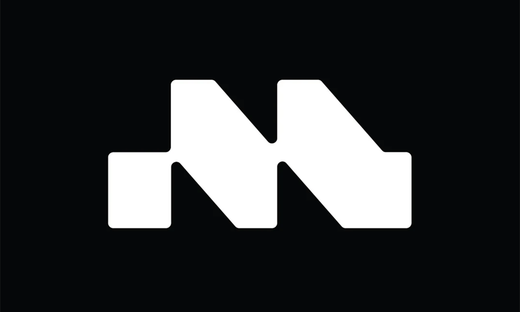
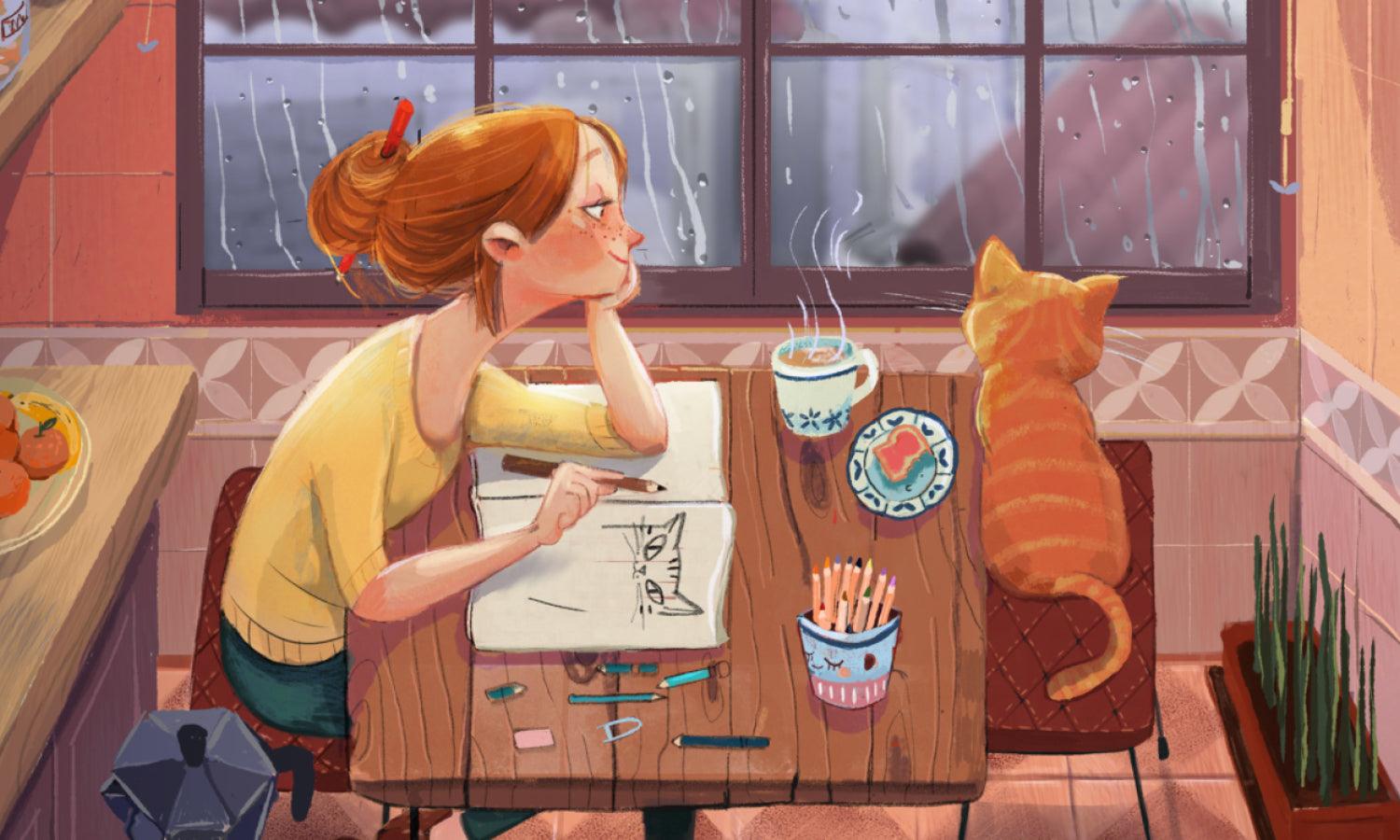
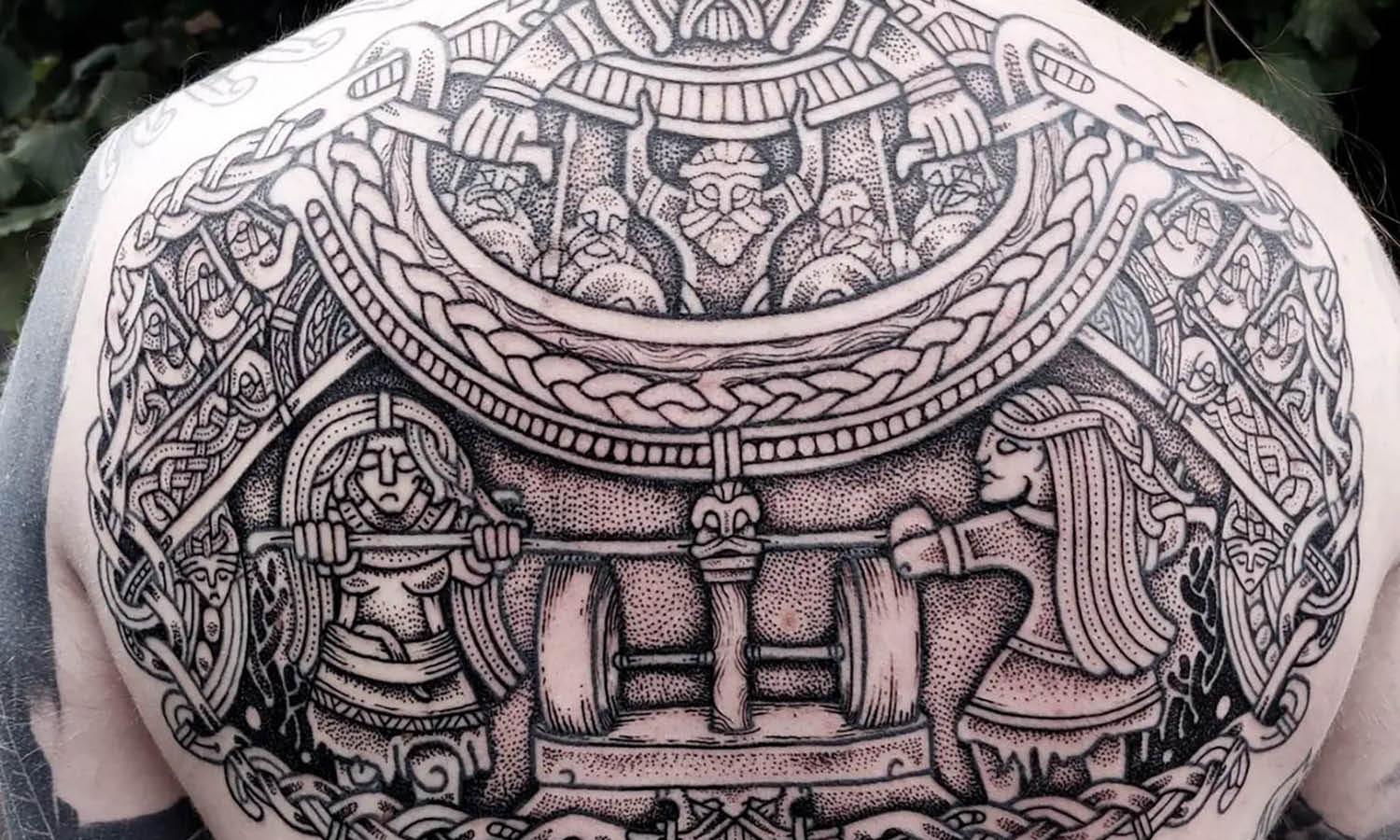

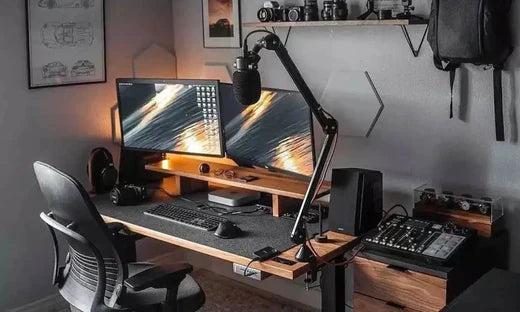
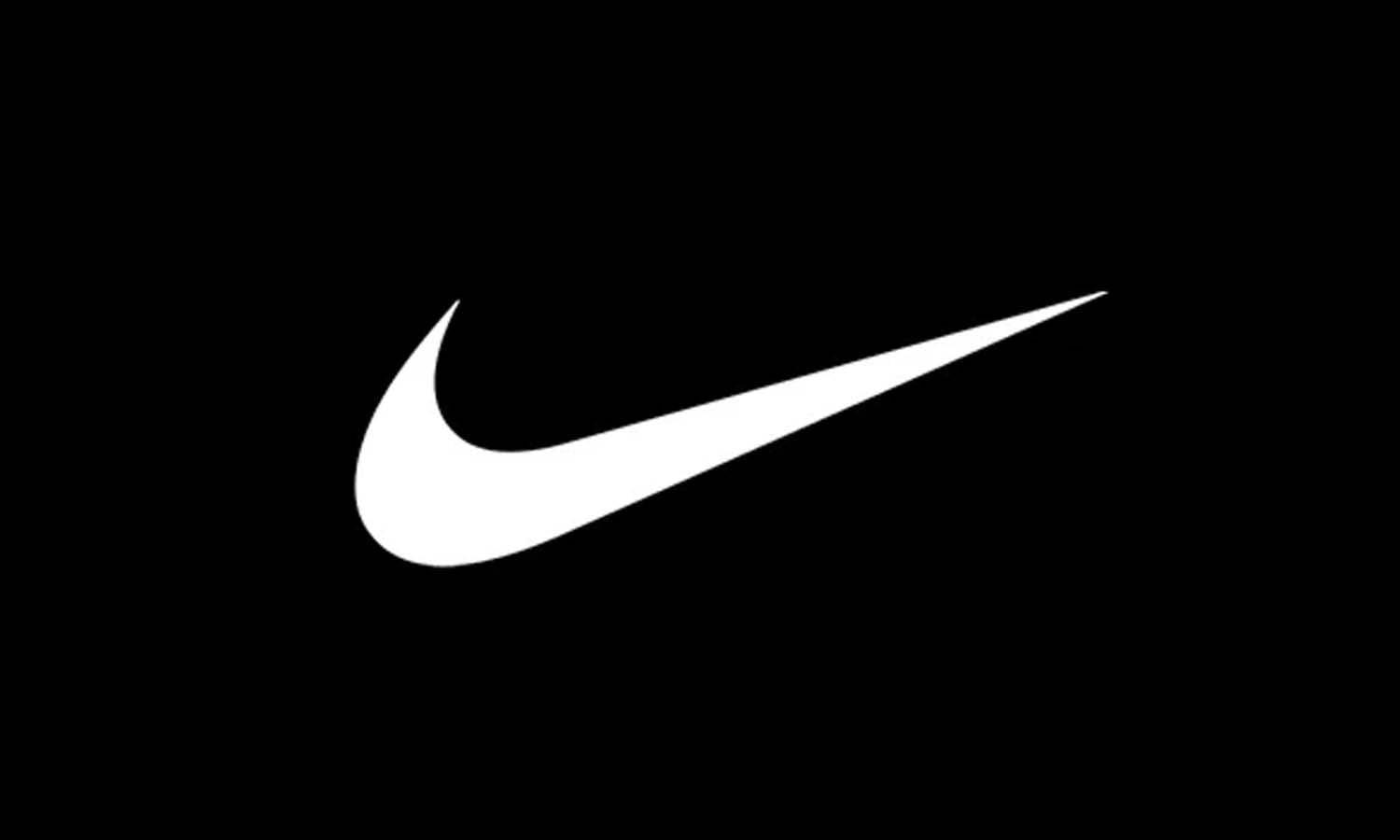
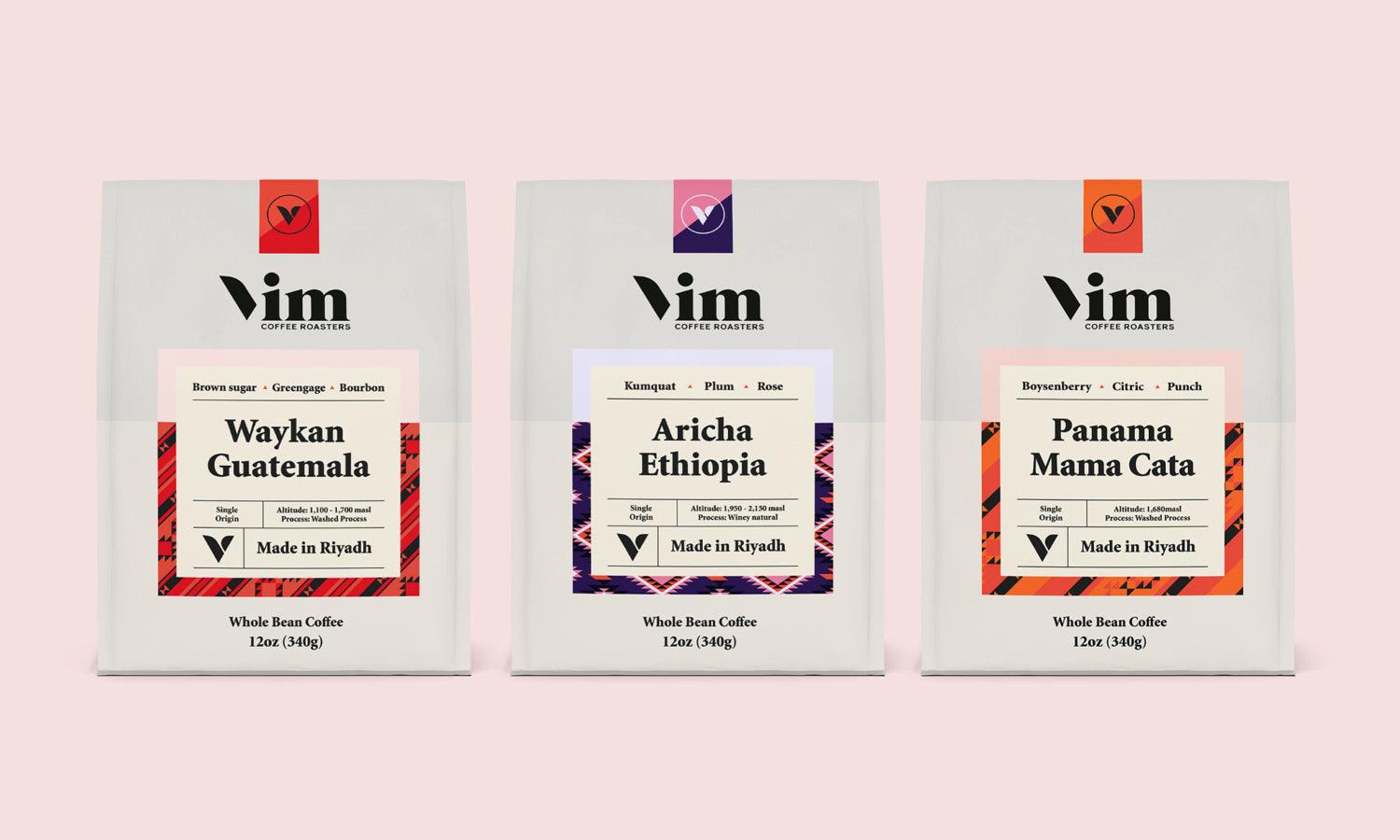
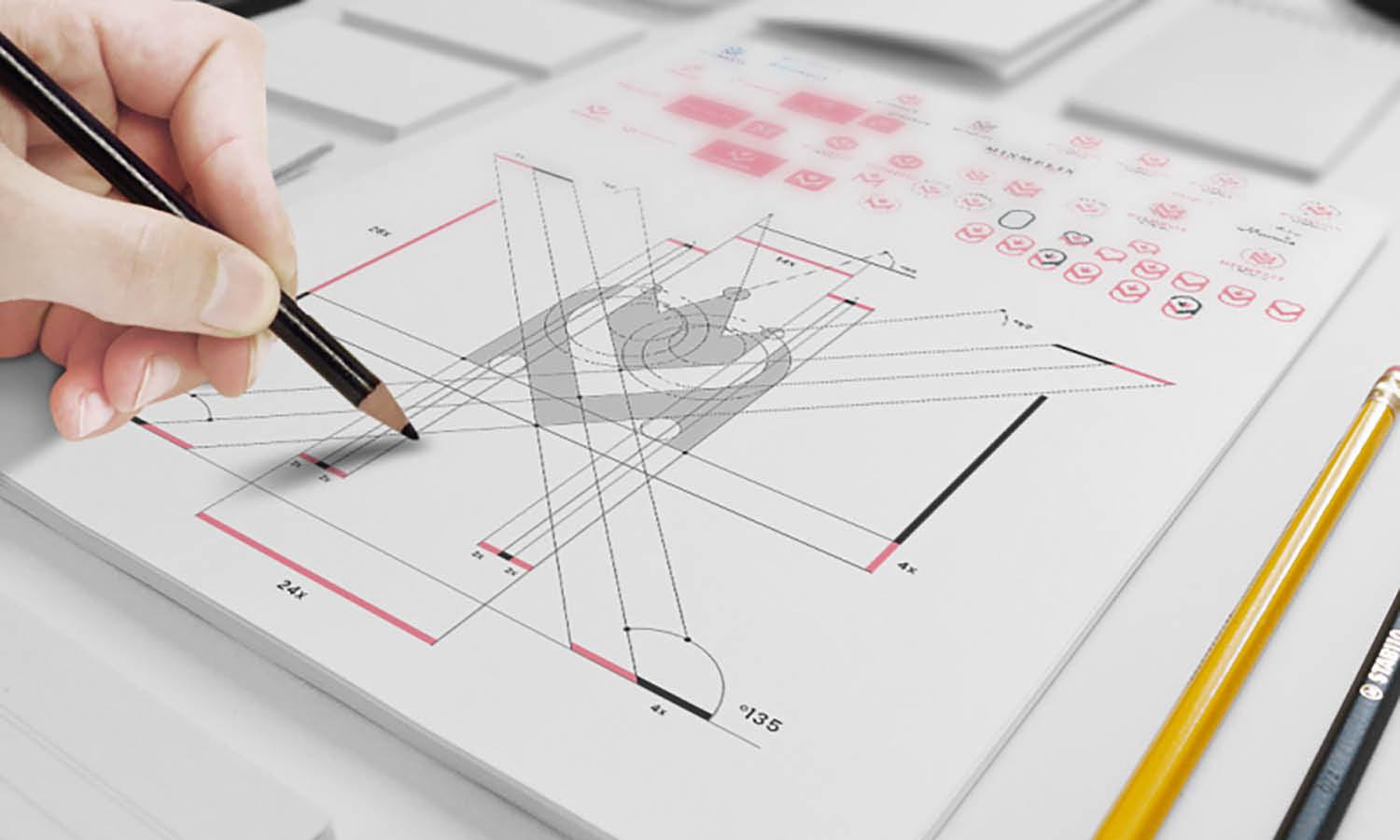
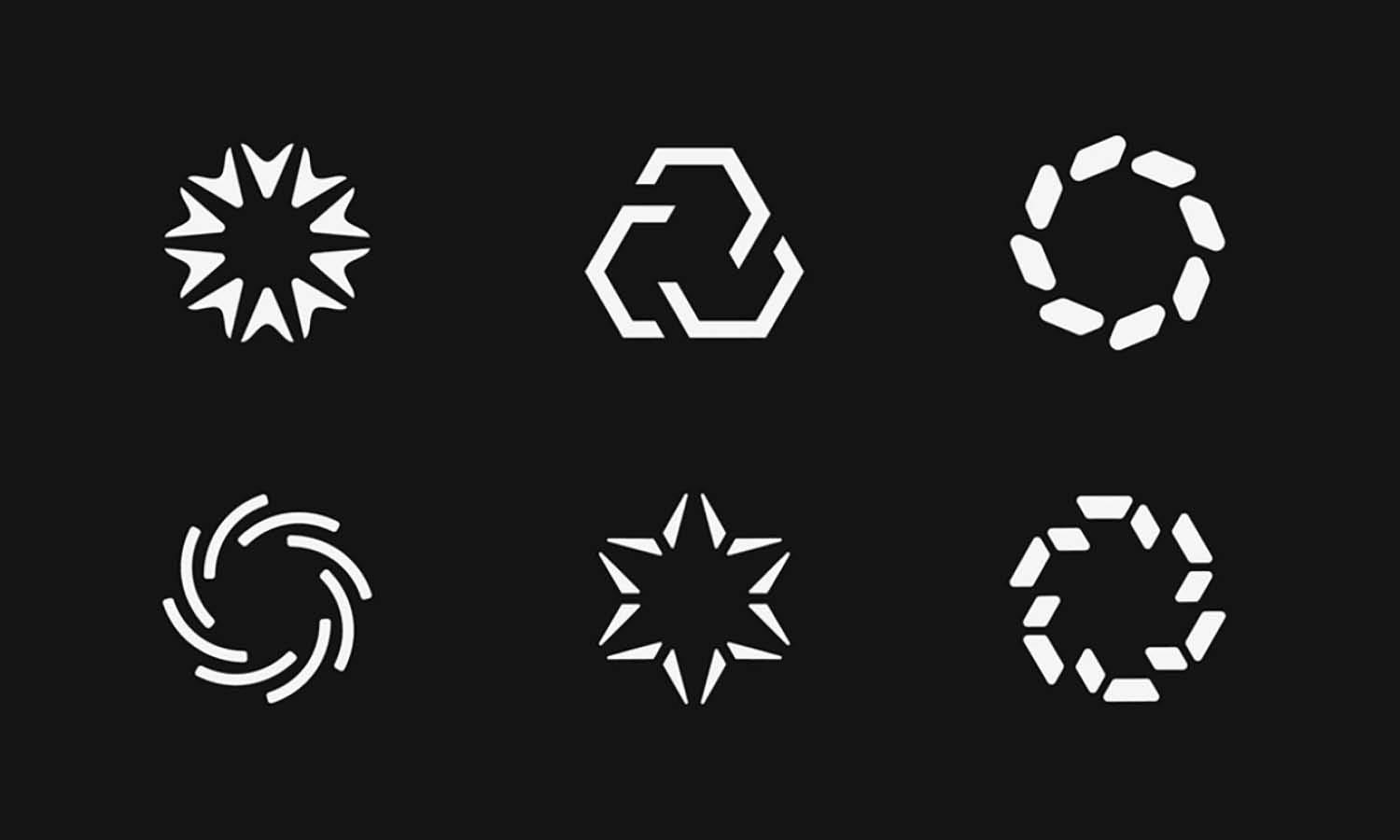
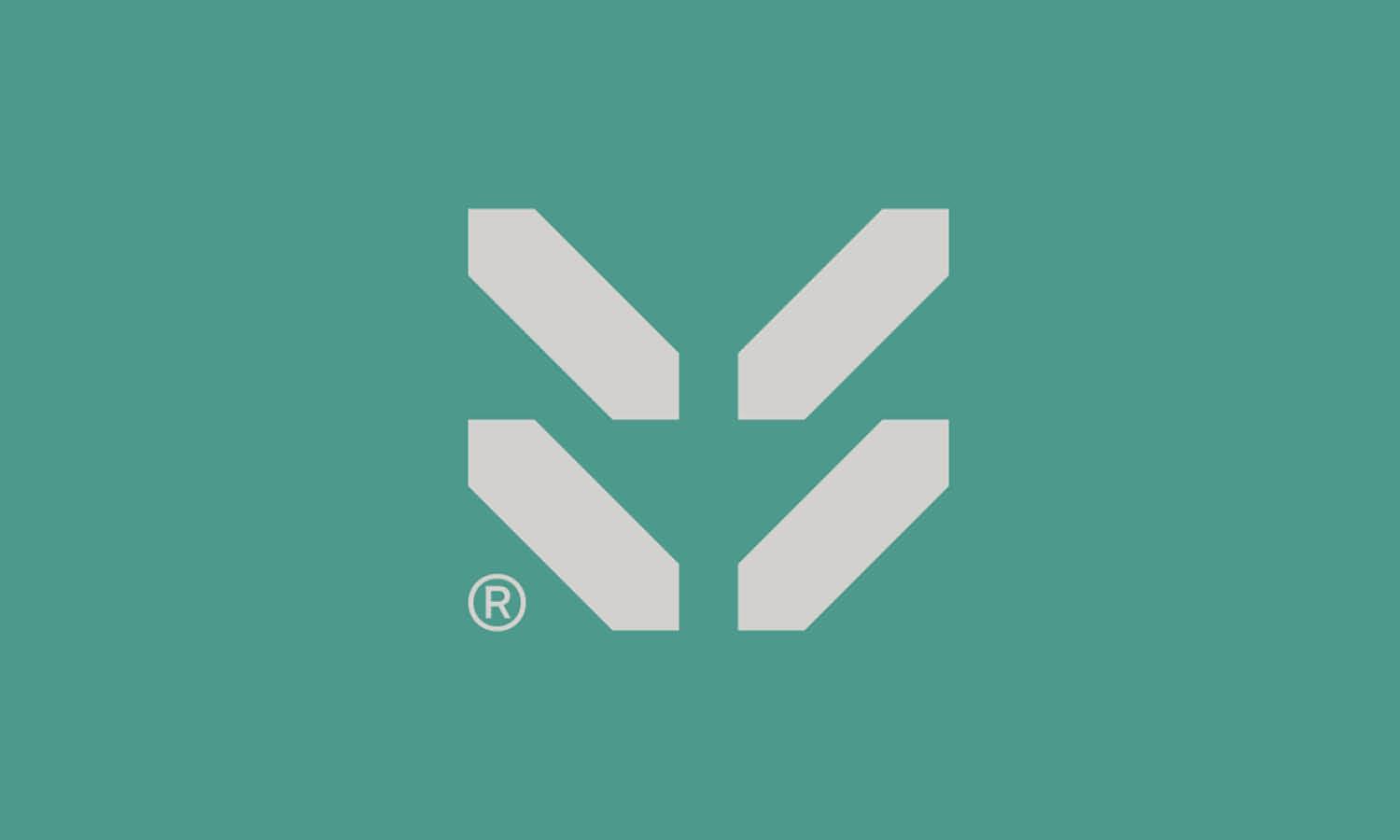





Leave a Comment